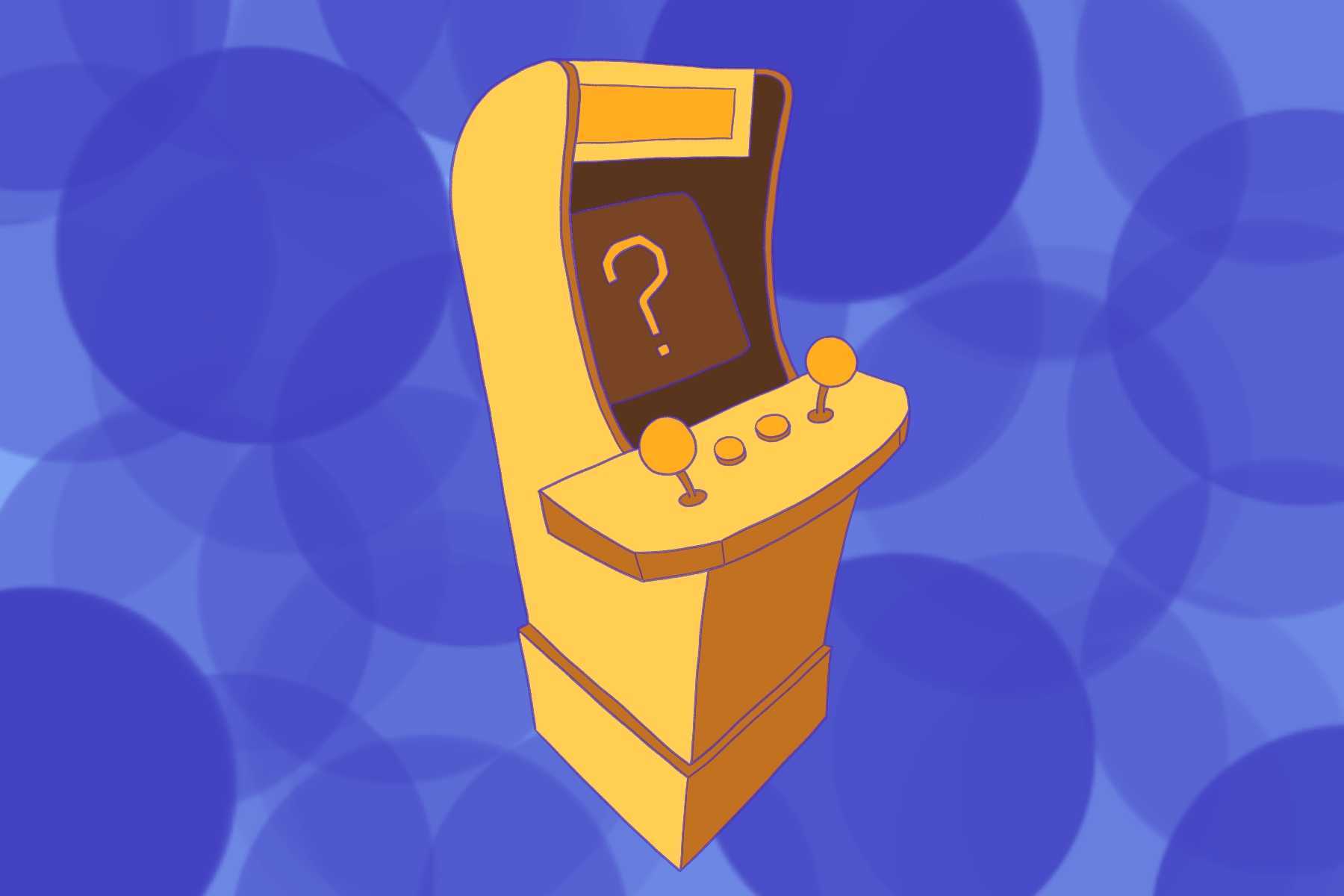Over the past two decades, arcades have consistently struggled to stay relevant in the gaming industry. While they initially served as the hub for many people’s video game experiences during the ’80s, most gamers throughout the ’90s gravitated toward the immersive worlds and storytelling of console and PC titles like Metal Gear Solid, Final Fantasy VII and Half-Life. Although arcades continued to deliver countless classics — particularly rhythm and fighting games — they failed to ever recapture their former fame. Despite their diminished popularity, arcades stayed active due to a devout fanbase that enjoyed the nostalgic and social appeal of these locales. However, the forced closure of many businesses during the COVID-19 pandemic dealt a severe blow to the already endangered industry. As more long-standing arcades face their demise, many fans worry about the bleak future of arcade gaming and its repercussions for the rest of the video game industry.
Worsening Conditions for Struggling Businesses
Before the 2020 pandemic, arcades adapted to low attendance by adopting different means of drawing in profits. Bar and video arcade hybrids (sometimes called game bars), such as Barcode and the similarly named Barcade, fund and maintain their retro game collections through revenue earned from alcohol sales. Traditional arcades began to charge per hour or include a wide selection of addictive gambling machines. Some even hosted competitive tournaments and other community events, sometimes drawing in hundreds of attendees on a weekly basis. Although few arcade owners ever profited from their business, the consistent support they received helped the field survive for years despite its diminished condition.
Unfortunately, the pandemic lockdown forced arcades and other non-essential businesses into temporary closure. Most arcades were already struggling with financial troubles from building costs and machine maintenance, so depriving them of their limited revenue meant many of these shutdowns would be permanent. Even as other small businesses began reopening throughout 2020, most arcades remained inactive until the following year. Some businesses survived this wait by continuing their takeout food services or renting out titles from their video game collections.
Even after arcades finally reopened, they continued to face significant difficulties. Pandemic safety regulations reduced the number of occupants allowed in one building and required some owners to remove arcade cabinets to encourage social distancing. Additionally, many former visitors were still wary of public venues due to COVID, further reducing attendance. As a result, most arcades were only making a fraction of their usual profits, leading to even more financial problems and permanent closures. In recent times, many of these regulations have been removed, allowing businesses to continue to operate under normal conditions. Despite this, the pandemic crippled the industry, leading to the end of many arcades around the world and weakening the support for those that remained.
Foreboding Changes in the Heart of Arcade Gaming
While it can be argued that the small scope and mild success of arcades primed them for eventual failure, they remained a booming business in Japan. Unlike the typical dark and cramped appearance of most arcades around the globe, many prominent Japanese arcades moved toward a brighter and cleaner appearance to appeal to a wider audience. The higher-budget arcades run by game companies like Sega and Bandai Namco are towering, multi-story buildings. Each floor is dedicated to different types of games and machines, ensuring players of all ages and interests will find something they enjoy. However, even smaller arcades found success by marketing to specific demographics, with some specializing in slow-paced puzzle games for senior citizens and others offering more competitive environments for experienced gamers.
In terms of success, Japan’s arcade scene seems to be the complete inverse of the rest of the world’s. However, the country quietly experienced its own decline, albeit in a subtle manner. According to a 2015 report conducted by Capcom, the annual revenue of arcades dropped from ¥495.8 billion ($3.7 billion) in 2011 to ¥422 billion ($3.1 billion) in 2015. Likewise, the number of Japanese arcade venues decreased from 18,638 locations to 15,612 during this same time frame. By 2019, this number reportedly dropped to just over 4,000 locations. Arcades weren’t necessarily failing in Japan, but their obvious losses suggested this success wouldn’t last much longer.
As with most other countries, the 2020 pandemic brought an end to many prominent Japanese arcades. Sites that had cemented themselves as cultural landmarks, such as Shinjuku Playland Carnival and Adores Akihabara, suddenly shut down due to a lack of attendance from local customers and tourists (the latter due to the country’s temporary tourism ban). However, the most shocking closure came from Sega Sammy Holdings, which had been one of the most iconic arcade managers in Japan. Despite the immense popularity of the Sega arcades and their extensive selection of games, the financial losses suffered throughout 2020 and subsequent years forced the company to sell 85.1% of shares for their arcade-focused subsidiary, Sega Entertainment Company. While some sites remained open under the Sega branding, others such as the Akihabara and Ikebukuro locations permanently closed shortly afterward. Unable to revive its failing business, Sega Sammy sold the remaining shares in early 2022 and officially exited the arcade industry.
The former Sega arcades will continue to run under a rebranding as “Genda GiGO Entertainment,” but this change may mark the beginning of the end for the global arcade industry. Although most other countries accepted arcades as a niche market, the sudden departure of an industry powerhouse like Sega shocked Japan and the rest of the world. With the realization that arcades were in grave danger, the rest of the gaming industry underwent its own massive changes.
Impact on the Game Industry
Major game companies started to view the arcade industry as a rapidly sinking ship. Its continuous decline and increasing troubles over the past few years make investing in new arcade titles a seemingly fruitless endeavor. Even gambling machines like video poker and pachislots experienced similarly drastic losses in revenue due to many players switching to online alternatives during the pandemic (though traditional slot machines were the exception). As a result, game developers that once relied on arcades need to shift their efforts to more profitable platforms.
Companies with game development experience may start to work on titles specifically for consoles and computers. For developers that specialized in arcade exclusive titles, this shift provides an opportunity to reach a wider audience. Even smaller devs that can’t afford to produce physical copies of their new games can still release their products on digital storefronts. This may not even require the creation of new games, as demonstrated by the popularity of modern console and PC ports for retro arcade titles. Considering the massive catalog of individual games and entire series that have never been released outside of arcades, this decision may introduce many gamers to a wide range of underrated classics.
Unfortunately, there’s little chance that these smaller titles can recoup the millions of dollars lost to the collapsing arcade market. Instead, the best option for many developers is to turn to mobile gaming. A study by Pelham Smithers found that the mobile game industry was worth $67 billion in 2018, making it responsible for 48% of all video game revenue. Despite the market suffering a small decline at the beginning of 2022, the overwhelming success of current titles like Genshin Impact and Diablo Immortal demonstrates that the market for mobile games is still thriving. The free-to-play business model common in these titles also allows developers to implement microtransactions and gambling-style loot boxes, creating a seemingly endless means of revenue. Furthermore, the low-end hardware requirements for mobile games make them easily portable to consoles and PCs, resulting in these titles being accessible to players across all modern systems. Whether or not this is a positive change for consumers is still unclear, but it is nonetheless a poor sign for the future of arcades.
Chances of an Arcade Revival
Even with numerous factors working against them, small businesses around the globe have kept traditional arcades and game bars alive throughout the past few years. The audience for arcades still exists, but the health risks of COVID-19 have kept them away for too long. However, as the pandemic eases up, nostalgic fans will eventually want to return to the distinct social experiences that only arcades provide. Likewise, those looking for lively entertainment after the isolation of quarantine may be drawn to these locales, creating potential for a sudden resurgence in arcade popularity. Already, some arcades that shut down during the pandemic are reopening in anticipation of this potential spike in attendance. While it’s unlikely that arcades will ever return to their status as the primary hubs of video games, there are still plenty of opportunities for them to thrive in the coming years.

















